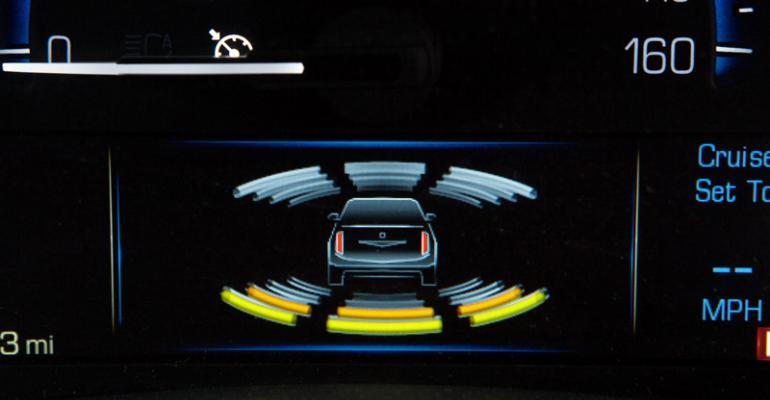ANN ARBOR, MI – U.S. Department of Transportation Secretary Ray LaHood says auto makers’ cost decisions ultimately will determine consumers’ acceptance of connected-vehicle technology and speculates a major field study on the topic will bear results within one year.
“People buy cars for all kinds of reasons, but the bottom line is the price,” LaHood tells WardsAuto after addressing a University of Michigan symposium here on connected vehicles and infrastructure.
“People are going to be looking at what it costs to buy these vehicles, what the technology costs; and the car manufacturers have to factor that in, too,” he says. “Let us collect the data. We know it is going to save lives. It’ll be up to the car manufacturers to help us figure out what the cost will be.”
Most early connected-vehicle safety technologies making their way into volume vehicles, such as lane-departure and forward-collision alert, are bundled into expensive option packages.
LaHood warns cost will take a back seat for now, with data gathering and analysis the chief concerns for researchers.
LaHood last visited here one year ago to launch a $25 million connected-vehicle field study with the U of M Transportation Research Institute. The study outfitted 3,000 private cars, trucks and buses in Ann Arbor with wireless devices to alert drivers of a potential crash. It also installed similar devices at intersections, curves and freeway sites to prevent crashes.
Safety regulators see the study putting the auto industry on course for installing vehicle-to-vehicle technology, or getting cars and trucks to communicate, and perhaps someday autonomous driving.
The USDOT will use information gathered from the Ann Arbor experiment for future policy making. The study wraps up in August, and LaHood expects findings will be made public a year later. So far, the vehicles have performed 8 billion data transmissions, UMTRI officials say.
“A year from now, we will be in a position to make some statements about what our data shows,” LaHood says. “These are definitely safer vehicles, but at what cost?”
LaHood leaves USDOT after Congress swears in his successor, Charlotte, NC, Mayor Anthony Foxx, next month. La Hood calls his recently released distracted driving guidelines a hallmark of his tenure.
The guidelines are meant to help auto makers integrate items such as smartphones and advanced infotainment. “We’ve got to get these smartphones out of peoples’ hands while they are driving,” he says.
LaHood also points to new corporate average fuel economy rules of 54.5 mpg (4.3 L/100 km) by 2025 and $12 billion in light-rail investment as two other high points of his four years in the Obama Admin.
He tells journalists here that he expects a “big debate,” after the U.S. National Transportation Safety Board today recommended states reduce the drunk-driving standard to a blood-alcohol level of 0.05% from 0.08%.
“It took a long time to get (states) to pass laws to establish 0.08,” LaHood says. “We’re going to have to look at 0.05 and see what it means.”
UMTRI officials today announce formation of the Michigan Mobility Transformation Center. Part of the ongoing $25 million connected-vehicle study with USDOT, the center primarily will focus on testing emerging concepts in connected vehicles and automated vehicles and such systems in on-road and off-road settings.
Current UMTRI Director Peter Sweatman will serve as director of the center.





